Ethanol is a great alternative to gasoline and it works as a cheaper and more effective way of using fuel for many different purposes. You can make ethanol all by yourself, using and combining different ingredients, most of which you can find in your own home, along with minor equipment. On long tracks, you can make your own fuel that will cost you less. Also, in case the SHTF calls for it, and there is no gasoline left to be purchased and used, you can make your own fuel – the importance of sustainability is great and it will be of much-needed help.
[the_ad_placement id=”in-text-1-type-r”]That is why we have a step-by-step guide for you to follow up with so you would be able to make your own ethanol and use it when you most need it or just to save some money on buying gasoline – either way, you can easily learn how to make ethanol.
Step #1: license
If you have decided to make and produce ethanol, and you are a citizen of the United States, you will need to fill out the form and submit the authorization. In order to make ethanol and make your production legal, you need to have your license authorized.

You can find the form anywhere online, where you can fill it out and submit to the government. The form is made and patented by Alcohol and Tobacco Tax and Trade Bureau and it is necessary when you are planning on producing ethanol.
In case you lie outside of United States, check with any government agency that deals with these types of issues. Before you start making ethanol, make sure that your license is approved and authorized. When you have settled on this matter, then you can progress to the next step and actually start working on producing ethanol.
Step #2: collecting fruits
After you have your license authorized, you can start with making ethanol. The next step would be collecting rotten and decaying fruits as one of the key ingredients for making your ethanol is fruit.
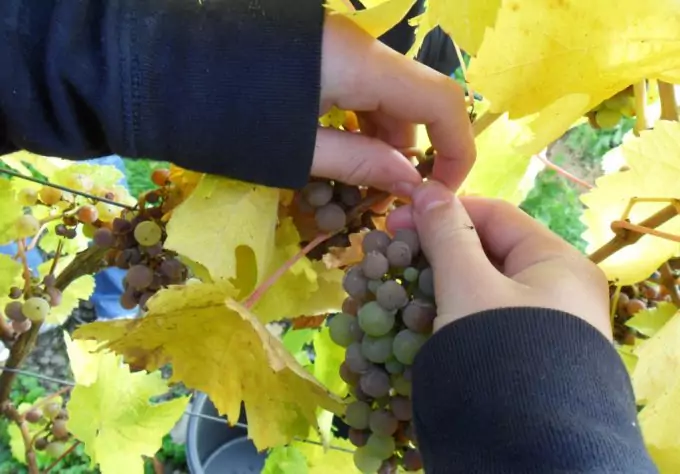
You can collect fruits in several different ways. You can check with your local grocery shops and markets and see if any have inedible fruit they would want to give away or sell at low prices. You can also use any fruit you have around your home – in case the fruit expires; use it for making the base for your ethanol.
Do not use fresh fruit – you need the ones that are already getting soft and inedible.
Step #3: barrel
You will need to buy a barrel. The size of the barrel should be about 10 liters. You will use this barrel for placing all the fruits you have collected.
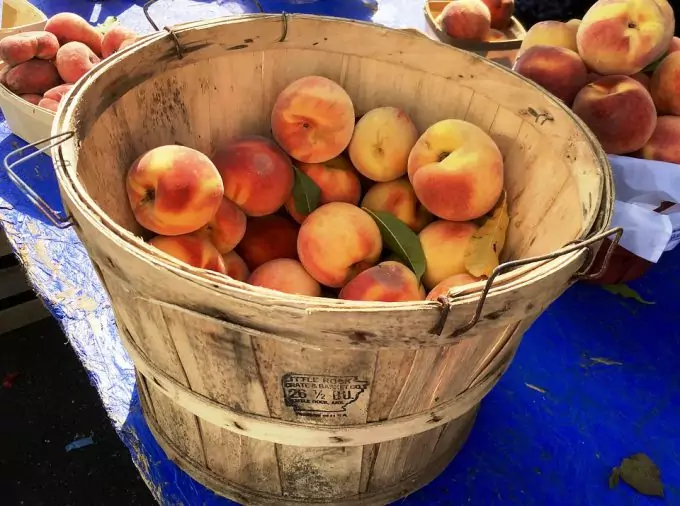
When asking about the amount of fruits needed, you need as much fruit to fit the 1/3 of the barrel. Be careful not to overpass the 1/3 as when the fruit will start with fermentation, there may come to overflowing and that is something we don’t want to happen. When fruits are decaying and expiring, the sugar in the fruit naturally creates alcohol, which is basically ethanol. That is why fruit is the key ingredient you need.
Step #4: mashing
Once you have collected the right amount of fruit to fill in the capacity of 1/3 of the barrel, you will need to find an object with a blunt tip, such as some kind of pole (similar to the end of a broom) and mash the fruits altogether.
Step #5: yeast and water
The next step would be adding the yeast once you have mashed all the fruits in the barrel. You can use standard yeast that can be found and purchased anywhere, but the best option and our personal recommendation is to use the type of yeast with tolerance to ethanol.

Image credit: theproofofthepudding.net
Ethanol tolerant yeast can be bought in any supply store for winemakers as the same type of yeast is used for making wine – this yeast is otherwise known as the distillers yeast. You will need from one to two bags of distillers yeast. Put the yeast into the barrel with the mashed fruits, pouring it over the fruits.
The amount of water that needs to be added to the barrel should not overpass the height of the fruit compost for more than a couple of centimeters.
Step #6: cover it up!
It is important that the barrel you have around or you have purchased especially for the purpose of making ethanol, has a lid. Now that you have added yeast and water to the mashed fruits, you need to cover up the barrel with a lid.
Step #7: hydrometer
You will also need to have a hydrometer as you will need to measure the levels of sugar in your mixture. You will need to use the hydrometer for checking the sugar levels once every day.
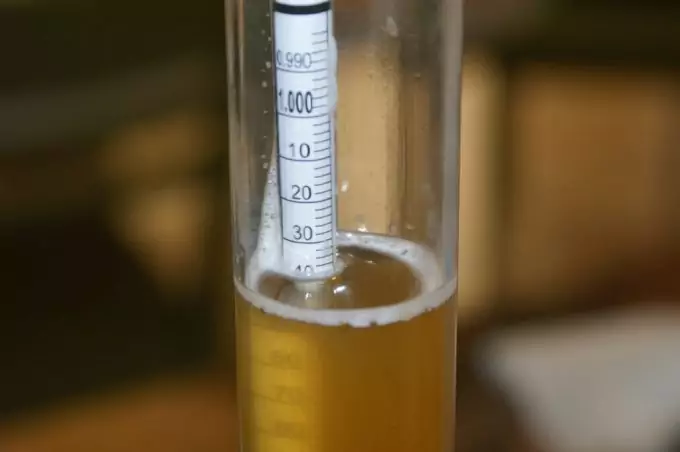
The mixture should rest for 10 days, and during those ten days, you will be checking the sugar levels. It might take less for the sugar levels to get lower and lower until there is no sugar left at all – that is why you need to be checking it on a daily basis. Once the sugar levels are at point zero, you can go to the next step. Until then, check the sugar levels every day.
The hydrometer is used simply by placing the thicker part of the thermometer into the mixture, being held there until the levels of sugar are being measured.
Step #8: distilling
When the levels of sugar are as low as possible, which means that none sugar is left in your fruit mixture, it is time for distilling. In order to start with and conduct the distilling process, you will need to have special equipment for distilling like a reflux still. You can easily find it and purchase it online at reasonable prices – however, you need to buy a reflux still as distilling is made impossible without it, at least proper distilling is.
[the_ad_placement id=”in-text-2-type-r”]The process of distilling has to start right away after the levels of sugar fall to zero – that is why you are measuring the levels on a daily basis, to make sure your timing for distilling will be perfect. If you wait for a while longer after the sugar is gone, the mixture might become chemically spoiled, thus becoming unusable for making ethanol.
Step #9: distillation process
The reflux still you buy will surely come with an instruction manual on how to distill properly. You will follow up with the instructions on distilling so you would get one chemically stable product you can later use for the purpose the product, ethanol, is made for.
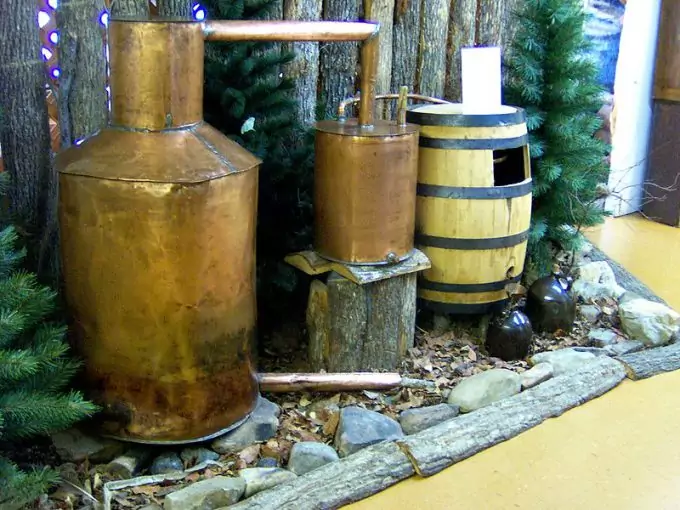
Once the reflux still is all set up, arranged and ready to start with distillation, you will pour the mixture into the reflux still. Follow up with instructions on how to distill and everything will come as easy as possible.
Step #10: filtering
The distillation process you have conducted with your mixture with fruits and yeast was meant to purify, i.e. distill the mixture, making it usable as ethanol. However, instead of ending up with a clean substance, you have a mixture of ethanol that is not yet clear enough.
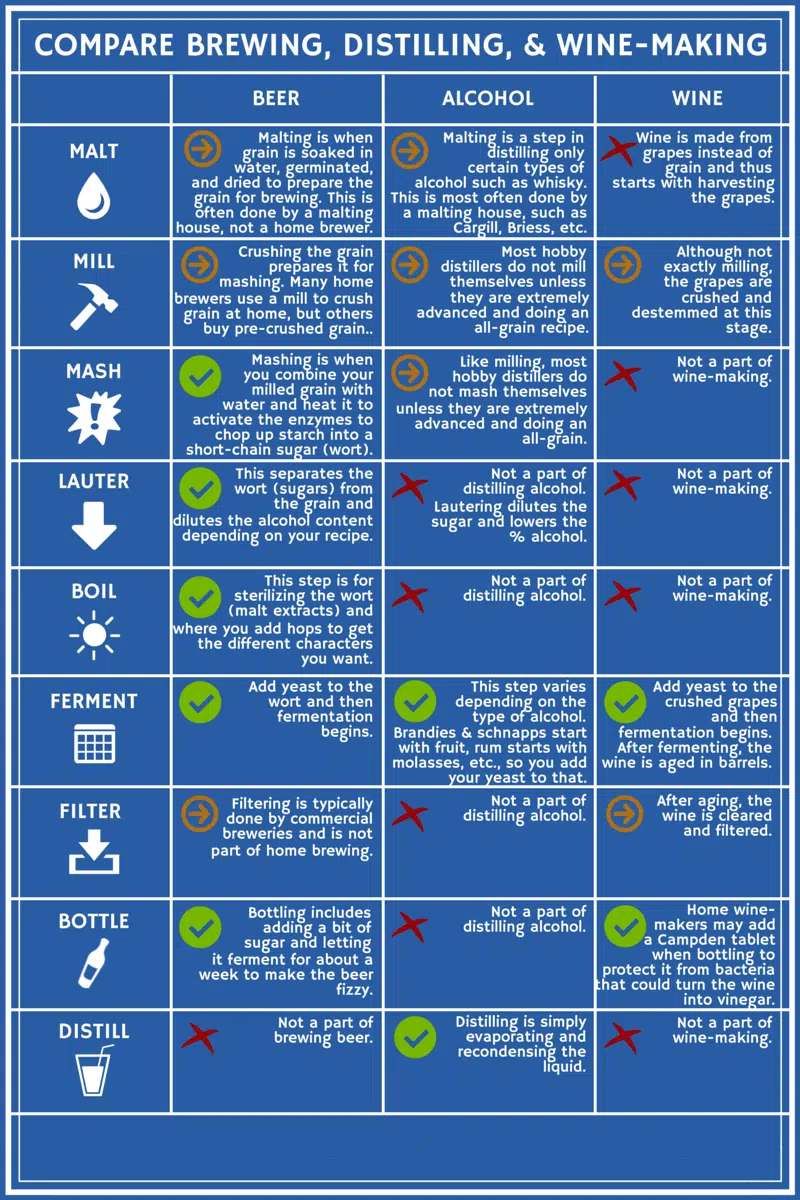
The filtering process is conducted with filters, but not just “any” filters – you need to buy special filters for filtering ethanol. This type of filter is the only type you can actually find handy in this case as these filters are made especially for this purpose – they work by filtering the water out of your mixture while leaving a clear batch of ethanol afterward. That is because these filters are made of special fabric designed to let the ethanol pass through the filter while the water is being held back and isolated from the clear ethanol.
Check out our instructions on how to make biofuels for more information.
Step #11: petrol
Depending on the specifications of your vehicle, you can add petrol to the ethanol you have made, however, you don’t need to. The ratio for petrol-ethanol mixture should be 85% of ethanol and the rest of 15% goes for petrol.
Ethanol in a nutshell
Although we have provided a “recipe” for making ethanol out of decaying fruits, you can basically make ethanol out of everything as long as the ingredients used contain sugar as the basic chemical. So that “everything” falls to cornstarch and different fruits and even vegetables. You can even make ethanol from refined sugar.
See also: How to Make Gel Fuel: Staying Warm in The Wild
Recycling is the basic of making your own ethanol as you can make it from food rich in natural sugar and starch leftovers. Many people interested in making their own ethanol are more likely to choose corn as the main ingredient for the final product, but that is not the smartest choice. This is the case simply because not every type of starch or fruit will give you the same energy for the homemade ethanol.
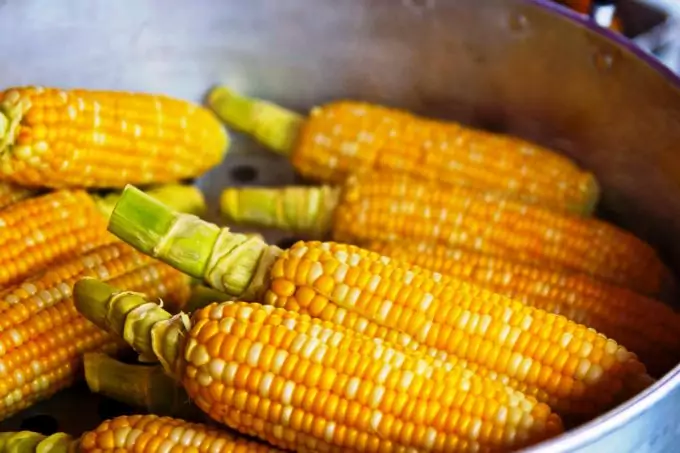
The stronger the sugar in ingredients you are using (the more focused sugar levels are), the more energy ethanol will have and the stronger will be. That is why we have chosen to use the decaying fruits – fruits are rich in sugar. Even though corn has sugar as well, levels of sugar are higher in fruits such as apples and bananas.
You can also choose to make ethanol out of refined sugar – however, this deal would be much more expensive as buying sugar will cost you far more than it would take you to get the right amount of decaying fruits. If you are lucky enough, you might even get fruits for free since they are inedible and grocery shops were probably planning on just throwing that fruit away or selling it at extremely low prices as compost for gardening or something similar.
The basic equation for making ethanol is:
Sugar + yeast = E85 (ethanol)
To make the equation count, delivering the right final product, you need to follow up with the instructions on how to make ethanol, being careful with distilling, that way making sure that you are conducting the entire process properly.
In case you want to make ethanol out of sugar, you will need to get about 20 kg of sugar and follow up with the same process as the one we have described with fruits, only that you will have to melt sugar with hot water before adding yeast to the sugar mixture. That should replace the step with mashing and collecting the fruits. The rest of the process would be the same as the one we have described.
In conclusion
Whether you were looking for a way to save some money on buying petrol or you just want to get ready for becoming fully sustainable, making your own ethanol is surely a handy thing to know. That is exactly why we have given our best and tried to explain the process of making ethanol in details, hoping that you will find that process easy to conduct.
[the_ad_placement id=”in-text-3-type-r”]Everything you need to do is follow up with our step-by-step guide and everything should go along well, leaving you with clean and usable, strong ethanol in the end. Make sure you get the distillers yeast rather than the regular one, although the regular also works well.
Decide which main sugary ingredient works best for you, choosing between refined sugar, fruits or starch and invest in buying a fine set of equipment you need for distilling and filtering – reflux still and special filters for filtering ethanol. Once you have everything from the list, you are ready to start!
For more alternative energy sources for the home, see our article on this important topic.


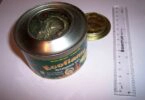



I heard people say making ethanol is not cost effective, but I am interested in the process. You never know when there won” be any gas to buy. So making your own fuel could be the only option.
Very thorough article, I immensely enjoyed reading it.
Thank you Ralph for sharing your opinion with us.
It’s always know miscellaneous things because it might come handy in rough times. However, I do not see any other benefit of this long procedure to make ethanol in regular days. If there is any benefit, kindly share it with me.
You get sustainable, alternative fuel.